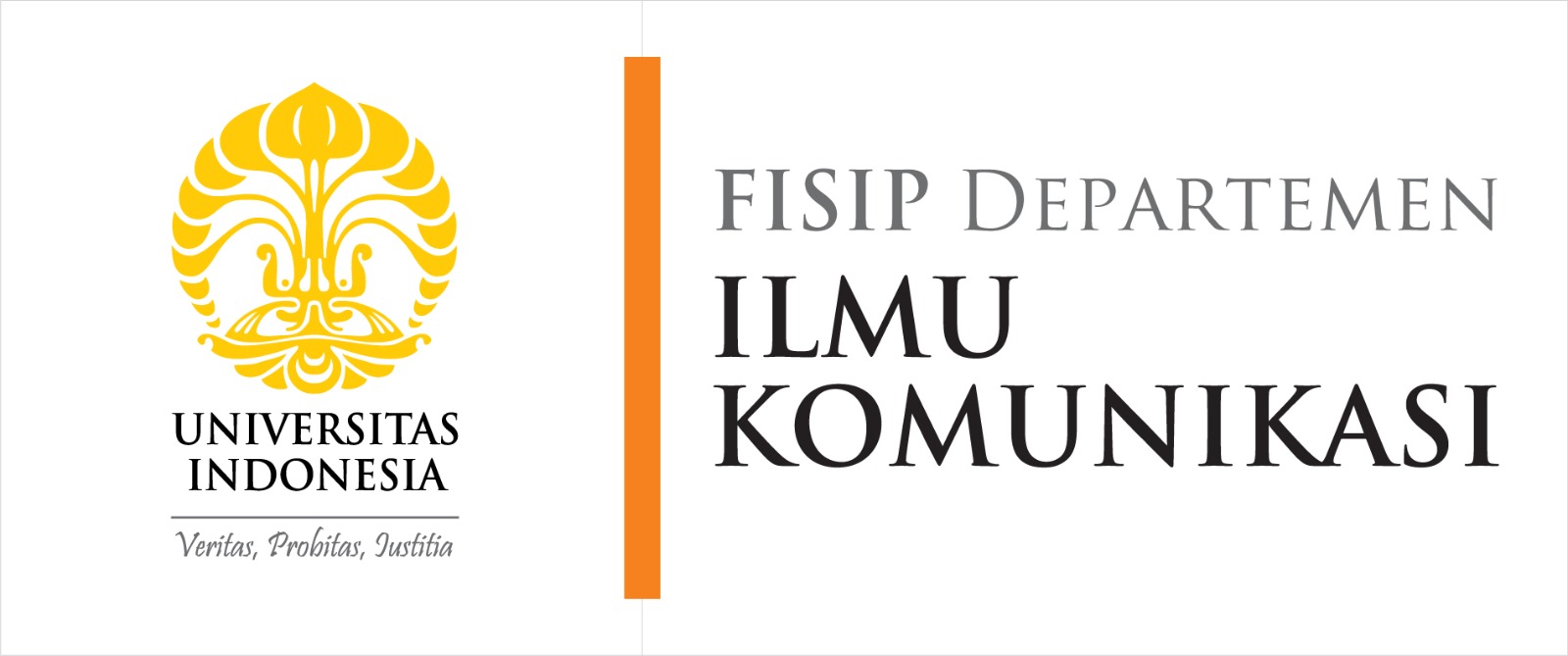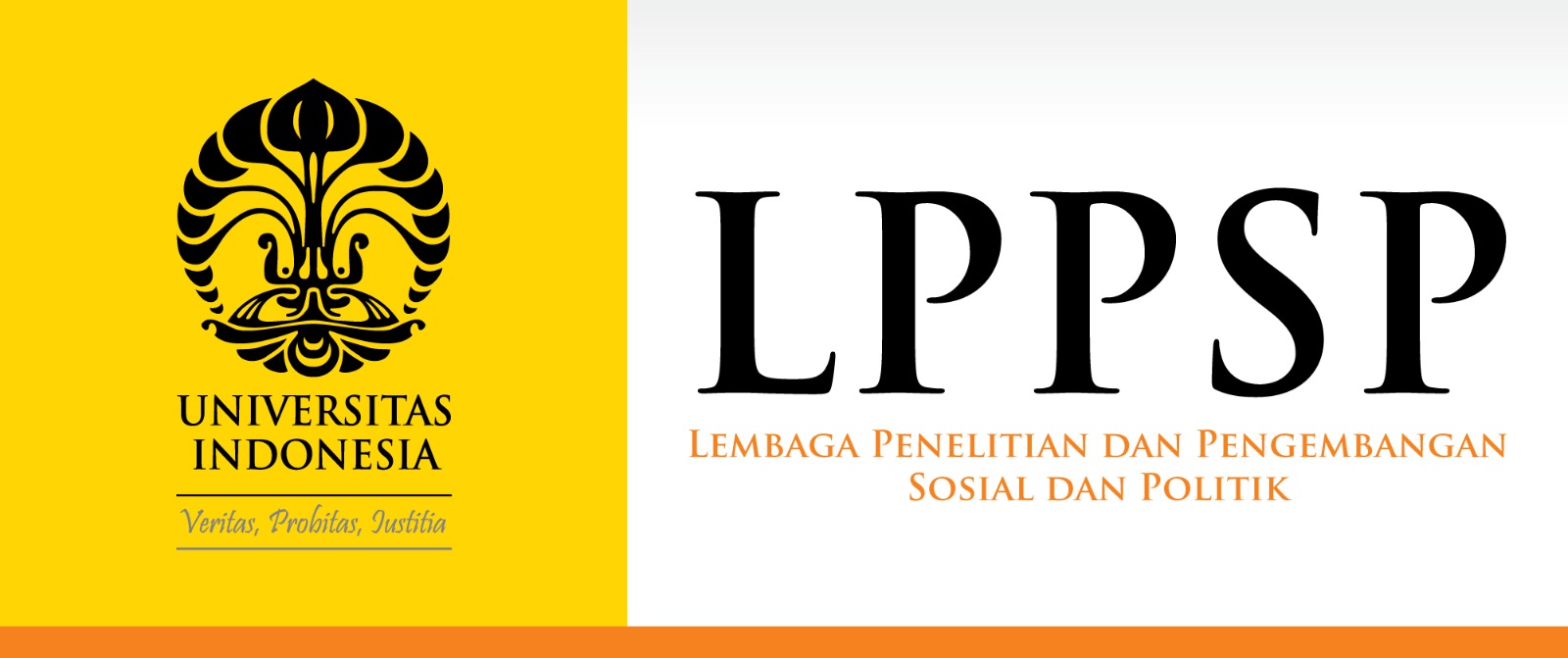JURNAL KOMUNIKASI INDONESIA
Abstract
This study aimed to determine challenges of teaching gender in journalism and media studies courses on various campuses in Jakarta, Indonesia. The ‘otherness’ is still ghosting the lecturer, where the duality is a must to create comprehension on gender topics. It is essential because teaching the gender issue in communication study programs in Indonesia does not reflect a lot on women’s experiences. The theory of gender pedagogy is the basis of this study. Meanwhile, the duality perspective serves as its framework. Gender pedagogy is not just a tool, strategy, or practical technique for understanding gender teaching in education. Teaching gender equality values in the classroom becomes a challenge for teachers. This research applied a qualitative approach and hermeneutic phenomenology strategy. The research used in-depth interviews for research instruments. This research indicated various levels of understanding and implementation of teaching gender issues. Even in some universities that do not include gender issues in journalism and media studies courses, the lecturers must struggle to fit gender issues in various teaching opportunities in their classrooms. Penelitian ini bertujuan untuk mengetahui tantangan pengajaran gender dalam mata kuliah jurnalisme dan studi media di berbagai kampus di Jakarta, Indonesia. ‘Keberbedaan’ masih mengaburkan pengajaran, di mana dualitas menjadi suatu keharusan untuk menciptakan pemahaman tentang topik gender. Hal ini penting karena pengajaran isu gender di program studi komunikasi di Indonesia tidak banyak merefleksikan pengalaman perempuan. Teori pedagogi gender adalah dasar dari penelitian ini. Sementara itu, perspektif dualitas berfungsi sebagai kerangka kerjanya. Pedagogi gender bukan hanya alat, strategi, atau teknik praktis untuk memahami pengajaran gender dalam pendidikan. Mengajarkan nilai-nilai kesetaraan gender di kelas menjadi tantangan tersendiri bagi guru. Penelitian ini menerapkan pendekatan kualitatif dan strategi fenomenologi hermeneutika. Penelitian ini menggunakan wawancara mendalam untuk instrumen penelitian. Penelitian ini menunjukkan berbagai tingkat pemahaman dan implementasi pengajaran isu gender. Bahkan di beberapa universitas yang tidak memasukkan isu gender dalam mata kuliah jurnalisme dan studi media, para dosen harus berjuang untuk menyesuaikan isu gender dalam berbagai kesempatan mengajar di kelas mereka.
References
Arivia, G. (2016, Agustus). Pedagogi Feminis: Membongkar Budaya Ptriarkis (Refleksi 20 tahun Aktivisme di Luar dan Dalam Kelas). Jurnal Per- empuan, 21 No. 3, 6-23.
BBC Indonesia. (2016, March 8). Retrieved May 22, 2016, from http:// www.bbc.com/indonesia: http://www.bbc.com/indonesia/dun- ia/2016/03/160308_dunia_pekerja_perempuan
Boring, A. (2016). Gender biases in student evaluations of teaching. Journal of Public Economics https://doi.org/10.1016/j.jpubeco.2016.11.006, 145, 27-41.
Bourdieu, P. (1980). The Logic of Practice. California: Stanford University Press. . (1984). Homo Academicus. California: Stanford University Press. . (1993). The Field of Cultural Production . UK: Columbia Univer- sity Press. . (2013). Outline of a Theory of Practice. Cambridge: Cambridge University Press.
Bristol, T. J. (2015). Teaching boys: towards a theory of gender-relevant ped- agogy. Gender and Education,Volume 27, Issue 1, https://doi.org/10 .1080/09540253.2014.986067, 53-68.
David, Miriam E. (2015): Gender & education association: a case study in feminist education?, Gender And Education, DOI: 10.1080/09540253.2015.109692
Catherine Driscoll & Melissa Gregg (2011) Convergence Culture and the Legacy of Feminist Cultural Studies, Cultural Studies, 25:4-5, 566-584, DOI: 10.1080/09502386.2011.600549
Drudy, S. (2008). Gender balance/gender bias: the teaching profession and the impact of feminisation. Gender and Education,Volume 20, Issue 4, https://doi.org/10.1080/09540250802190156, 309-323.
Erdol, T. A. Practicing gender pedagogy: The case of Egalia. Eğitimde Nitel Arağtırmalar Dergisi, 7(4), 1365-1385.
Eun-Shil , Kim. (2010) The Politics of Institutionalizing Feminist Knowledge: Discussing “Asian’ Women’s Studies in South Korea, Asian Journal of Women’s Studies, 16:3, 7-34, DOI: 10.1080/12259276.2010.11666090
Fakih, M. (2012). Analisis Gender dan Transformasi Sosial. Yogyakarta: Insist Press.
Firestone, S. (1972). The Dialectic of Sex: The Case for Feminist Revolution. New York: William Morrow and Company, Inc.
Giddens, A. (1979). Central Problems in Social Theory: Action, Structure and Contradiction in Social Analysis. UK: Macmillan Education. Hutapea, E. (2019, October 1). kompas.com. Retrieved from https://edukasi. kompas.com/read/2019/10/01/19434201/seksi-prodi-komunika- si-peminat-naik-200-persen-per-tahun-kenapa
Hooks, B. (2016). Louisvile Anarchist Federation. Retrieved May 17, 2016, from htp://LAFF-experiment.org: http://imaginenoborders.org/pdf/ zines/UnderstandingPatriarchy.pdf
Kogan, L. R., Schoenfeld-Tacher, R., & Hellyer, P. W. (2010). Student evalua- tions of teaching: perceptions of faculty based on gender, position, and rank. Teaching in Higher Education https://doi.org/10.1080/135 62517.2010.491911, 15 No. 6, 623-636.
Marder, M. (2014). Phenomena, Critique, Logos: The Project of Critical Phe- nomenology . London: Rowman & Littlefield International.
Martin, Jane. (2013) Gender, education and social change: a study of femi- nist politics and practice in London, 1870–1990, Gender and Edu- cation, 25:1, 56-74, DOI: 10.1080/09540253.2012.740887
McNay, L. (2005). Agency and Experience: Gender as a Lived Relation. In L. Adkins, & B. Skeggs, Feminism After Bourdieu (Sociological Re- view Monographs). Blackwell Publishing.
Media-release.info. (2015, April 21). Retrieved May 22, 2016, from http:// www.media-release.info: http://www.media-release.info/jum- lah-pekerja-wanita-di-indonesia-5444/?utm_campaign=shareahol- ic&utm_medium=email_this&utm_source=email
Melancon, J. (2014). Thinking Corporeally, Socially, and Politically: Critical Phenomenology after Merleau-Ponty and Bourdieu. Retrieved May 6, 2017, from http://popups.ulg.ac.be/1782-2041/
Mengel, F., ̈litz, U. Z., & Sauermann, J. (2018). Gender bias in teaching evaluations. Journal of the European Economic Association DOI: 10.1093/jeea/jvx057/4850534, 1-32.
Mosse, G. L. (1996). The Image of Man: The Creation of Modern Masculinity (Studies in the History of Sexuality) . New York: Oxford University Press .
Mutmanah. (2012, October 3). Suara Merdeka. Retrieved May 22, 2016, from http://suaramerdeka.com:
Newman, W. L. (2011). Social Research Methods: Qualitative and Quantita- tive Approach. Boston: Allyn & Bacon.
Olesen, V. L. (2008). Early Millenial Feminist Qualitative Research. In N. K. Denzin, & Y. S. Lincoln, The landscape of Qualitative Research. Cal- ifornia: SAGE Publications.
Patraw, C. L., & Bednar, M. (2013). Discussing Princess Boys and Pregnant Men: Teaching About Gender Diversity and Transgender Experi- ences Within an Elementary School Curriculum. Journal of LGBT Youth https://doi.org/10.1080/19361653.2012.718540, 10, 83-105.
Preece, S., & Bullingham, R. (2022). Gender stereotypes: the impact upon perceived roles and practice of in-service teachers in physical edu- cation. Sport, Education and Society Volume 27-Issue 3, https://doi. org/10.1080/13573322.2020.1848813, 259-271.
Reinharz, S. (1992). Feminist Methods in Social Research. New York: Oxford University Press.
Roncero-Bellido, A. (2017). Witnessing Students’ Learning through a Peda- gogy of the Flesh. In J. L. Martin, A. E. Nickels, & M. Sharp-Grier, Feminist Pedagogy, Practice, and Activism: Improving Lives for Gir. New York: Routledge Critical Studies in Gender and Sexuality in Education.
Siscawati, M. (2016, Agustus). Menelusuri Perkembangan Pedagogi Fem- inis di Perguruan Tinggi: Pembelajaran dari Program Studi Kajian Gender Universitas Indonesia. Jurnal Perempuan, Vol 21 nNo. 3, 43-65.
Sparrow, T., Hutchinson, A., Bell, J., Crossley, N., Stephens, W. O., Sullivan, S., Fosl, P. (2013). A History Of Habit: From Aristotle to Bourdieu. UK: Lexington Books.
Suaramerdeka.com. Ironi Pekerja Wanita. Diakses dari ttp://suaramerde- ka.com/v1/index.php/read/cetak/2012/10/03/200818/Ironi-Wani- ta-Pekerja-#.VzXGETbDtVk
Synnott, A. (1993). Tubuh Sosial: simbolisme, Diri, dan Masyarakat (terjemah- an). Yogyakarta: Jalasutra.
UII.ac.id. (2020, October 7). https://www.uii.ac.id. Retrieved from https:// www.uii.ac.id/strategi-keberlanjutan-perguruan-tinggi-swasta/
Venny, A. (2006). Pengarusutamaan Gender: Sebuah Penantian Panjang. Jurnal Perempuan No. 50, 4.
Walby, S. (1990). Teorisasi Patriarki (terjemahan). Yogyakarta: Jalasutra.
Wong, K.-T., Teo, M. T., & Russo, S. (2012). Influence of gender and comput- er teaching efficacy on computer acceptance among Malaysian student teachers: An extended technology acceptance model. Australasian Journal of Educational Technology, 28 (7), 1190-1207.
Witt, A. K., & Cuesta, M. (2014). How gender conscious pedagogy in higher education can stimulate actions of social justice in society. Social Inclusion, 2(1), 12-23.
Wright, T. (2019). Phenomenology, pedagogy, and poetry in the lives of women raising children in poverty: An approach for educational researchers. Journal of Curriculum and Pedagogy, 16(3), 285-298.
Recommended Citation
Angeliqa, Fitria and Nurhajati, Lestari
(2022)
"“It Is Not Out There, and It’s in Here”: The Challengingand Duality Perspective of Teaching Gender in Journalism and Media Studies in Private Universities,"
JURNAL KOMUNIKASI INDONESIA: Vol. 11:
No.
1, Article 1.
DOI: 10.7454/jkmi.v11i1.1021
Available at:
https://scholarhub.ui.ac.id/jkmi/vol11/iss1/1
Included in
Gender, Race, Sexuality, and Ethnicity in Communication Commons, International and Intercultural Communication Commons, Social Influence and Political Communication Commons




